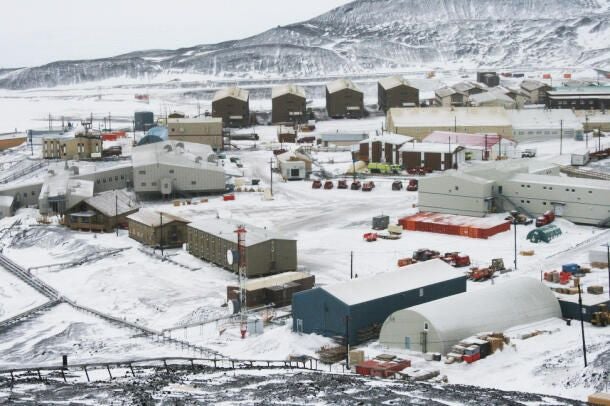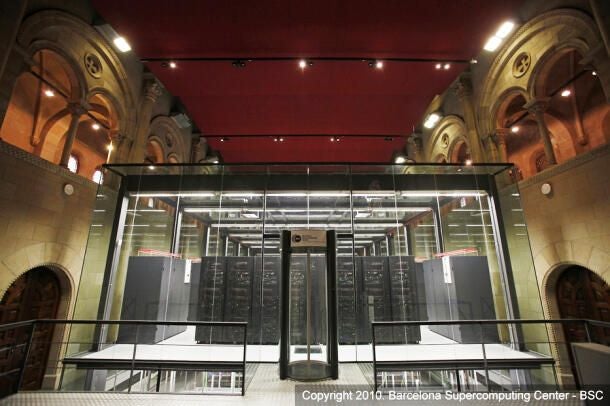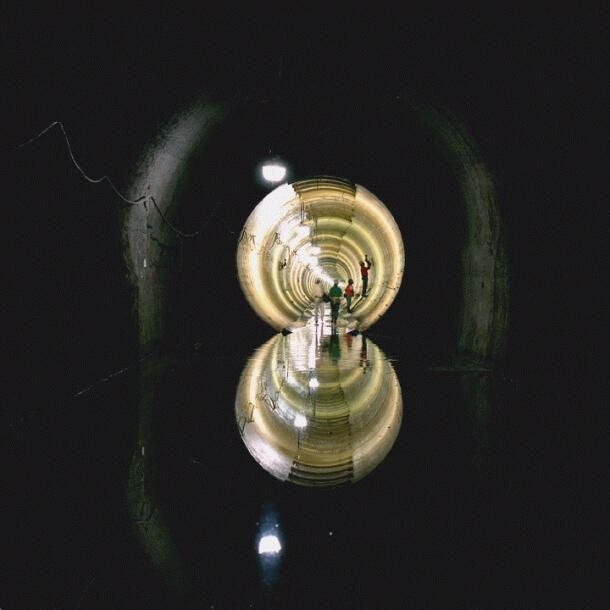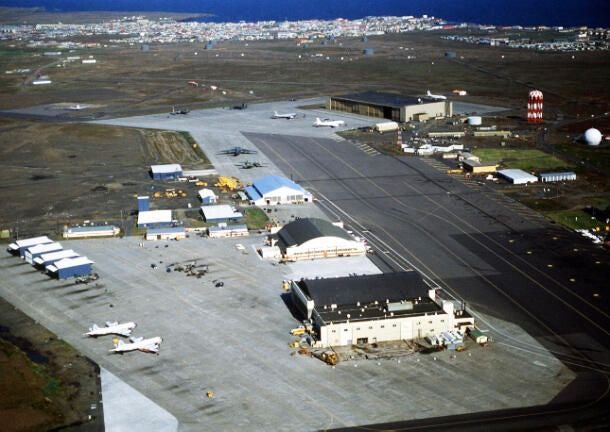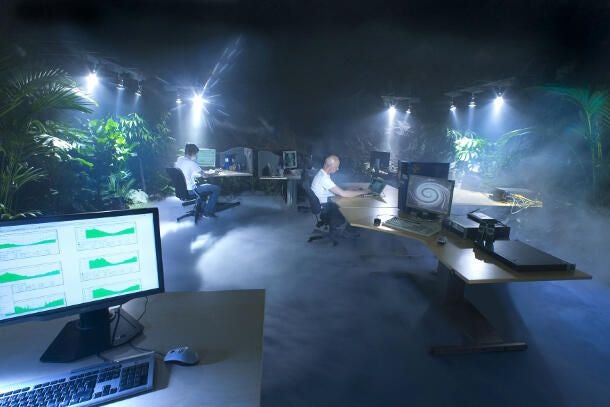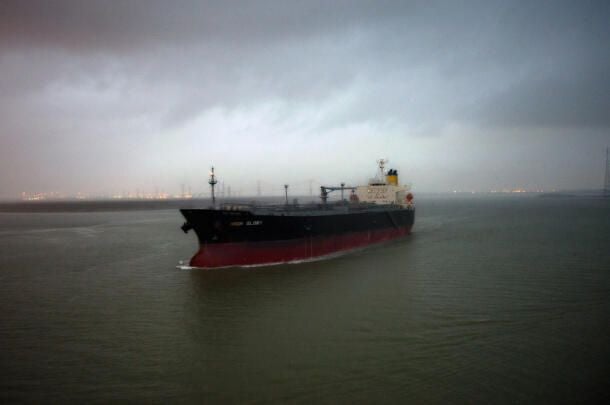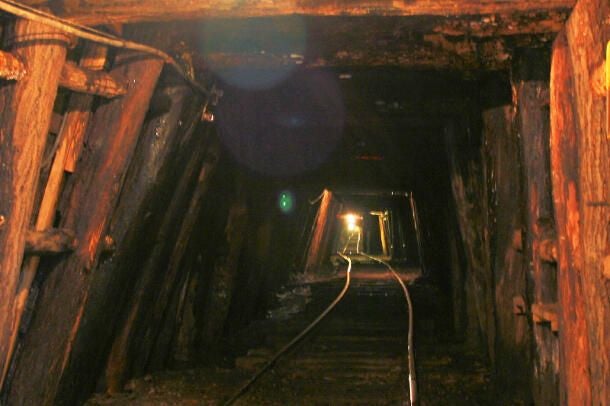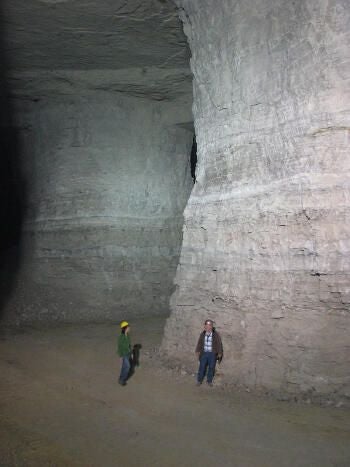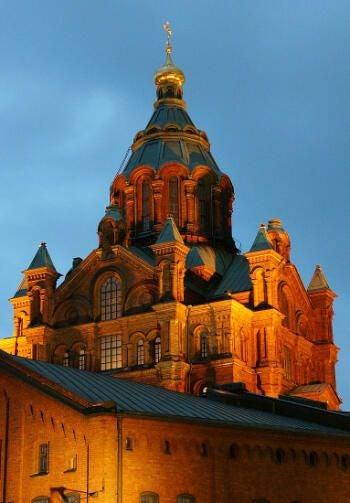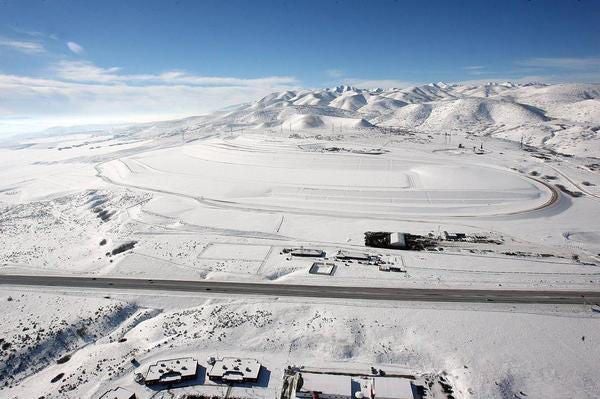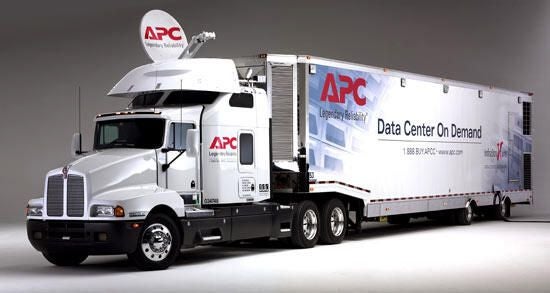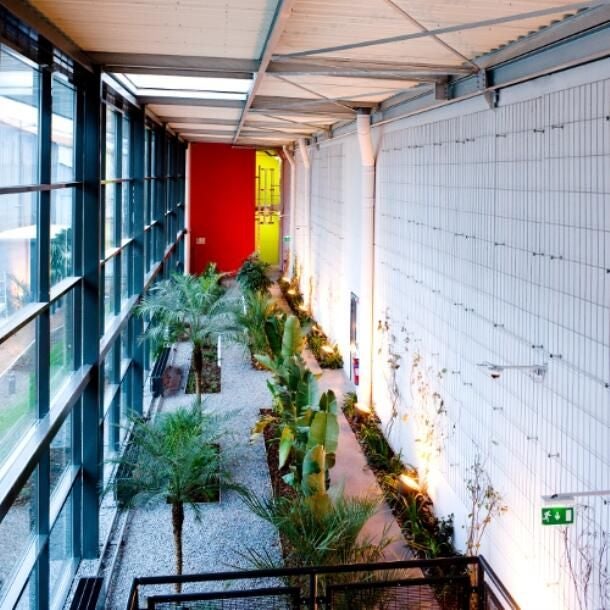Strangest locations for datacenters (photos)
Image 1 of 13
ntToday, datacenters can be found in the most unusual locations – anywhere from ice-locked ex-military bases to Spanish chapels. Silicon.com‘ Nick Heath decided to round up some of the most interesting and remote locations around the world housing and processing computer data.
n
ntWith the problems that datacenters have with cooling, the Antarctic is perhaps the ideal site for such a facility. This is McMurdo station, home to the largest community in the South Pole and a scientific research center for the United States.
n
ntThe station’s datacentre is dedicated to supporting scientific work and running the station – with 64 servers and more than 2TB of storage connected to hundreds of desktops by a gigabit Ethernet network.
n
ntMcMurdo Station is the telecoms hub for science projects, field camps and operations in western Antarctica funded by the National Science Foundation (NSF).
n
ntTo provide these services, it has a central telephone exchange and a wide spectrum of network, radio-frequency and satellite-communication systems.
n
ntAt the South Pole, every day up to 100GB of science data is transferred from the station to the US via satellite-communication links in support of multiple NSF-funded science projects.
n
ntPhoto: Eli Duke
n
ntCaptions: Nick Heath, silicon.com
ntLocated amid the colonnades and Romanesque arches of the Torre Girona chapel, MareNostrum is one of the fastest supercomputers in the world.
n
ntNo longer a place of worship, today the chapel is the site of supercomputing research into computer, Earth and life sciences. The machine has 10,240 IBM Power PC 970MP processors that have a combined peak performance of 94.21 teraflops.
n
ntIn November 2010, it was ranked 118 in the list of the top 500 supercomputers in the world.
n
ntThe supercomputer was built by the Spanish national and regional government and is used for research by a number of tech companies, including Microsoft and IBM.
n
ntPhoto: Barcelona Supercomputing Center
ntAs the name suggests, the superconducting super collider was a big deal, so big in fact it would have put the Large Hadron Collider to shame.
n
ntUnfortunately, the Texas-based particle accelerator was cancelled in 1993 after Congress deemed its projected $12bn price tag too expensive.
n
ntBy the time the project was cancelled, 14 miles of tunnel had been dug for the accelerator and nearly $2bn had been spent on the project.
n
ntBut science’s loss is computing’s gain – with the site now reportedly being marketed as a location for a tier III or IV datacentre.
n
ntPhoto: Department of Energy
ntWhen it comes to datacenters, cold is good. So building a facility in a country with the word ‘ice’ in its name would seem to make perfect sense.
n
ntVerne Global is building a 45-acre datacenter complex in Iceland, on the former Nato airbase of Keflavik, seen here in active service.
n
ntLow temperatures all year round will allow the use of fresh air or naturally chilled water for cooling, with Verne Global claiming typical savings of 80 per cent over alternative methods.
n
ntAll of Iceland’s energy is produced by geothermal and hydroelectric energy, creating a 100 percent green power supply for the datacenter.
n
ntIceland’s mid-Atlantic location allows for low millisecond connections to London and New York. The area is relatively safe from natural disasters, with Verne Holding claiming the bedrock has very little chance of earthquakes and is situated away from volcanoes.
n
ntPhoto: US Defense Imagery
ntIt might pass for the lair of a James Bond supervillan but this former nuclear bunker is perhaps the world’s most outlandish datacenter.
n
ntThis co-location facility for Swedish internet service provider Bahnhof lies 100 feet below Stockholm, and is decked out with tropical plants, a waterfall, 600-plus gallon fish tank and craggy granite walls.
n
ntThe servers are located in four caves, radiating from the centre of the bunker.
n
ntBuilding work on the bunker began in 1943, and the shelter was extended during the Cold War to become a civil defence bunker stocked with provisions and emergency vehicles.
n
ntThe site’s other claim to fame is hosting two servers for the Wikileaks whistleblower website.
n
ntPhotos: Bahnhof
ntDatacenters could be destined to leave dry land if search giant Google has its way.
n
ntIn 2008, Google floated the idea of putting datacenters on platforms that would sit three to seven miles offshore, and won a patent for the idea in 2009.
n
ntPotential advantages range from the availability of wind and wave power and seawater cooling, to the absence of property taxes and building regulations.
n
ntGoogle envisions that the datacenters would be modular and constructed on land inside standard shipping containers before being hauled via truck to ships and then unloaded onto floating pontoons.
n
ntPhoto: Louis Vest
ntTime to go deep underground for this next datacenter, into the caverns of a unused mine. The datacenter is situated 100 meters underground in a coal mine in the Chubu region of Honshu, Japan’s main island.
n
ntWhen complete, the facility will total 30 shipping containers, each holding about 250 servers and with about 10,000 processor cores available, although that number could be expanded to 30,000.
n
ntCooling is provided by groundwater and the 15C temperature underground dispenses with the need for air conditioning outside the containers.
n
ntThe datacenter was set up in 2007 by a joint venture made up of Sun, now owned by Oracle, and 11 other companies.
n
ntThe group estimates that it could save $9m a year on electricity costs by removing the need for water coolers.
n
ntThe containers are strong enough to withstand earthquakes of 6.7 on the Richter scale. The picture above is not of the mine used for the Sun datacentre, but a coal mine tunnel in Pennsylvania.
n
ntPhoto: zizzybaloobah
ntIf you are looking for a secure place to store information, then inside a mountain seems a safe bet.
n
ntThe Mountain Complex and Data Center offers three million square feet of space inside a mountain situated more than 100 feet above the top of the Table Rock Dam in the Ozark mountains of central US.
n
ntInside the mountain there is a further 75 acres of undeveloped space, as seen here.
n
ntThe facility’s owners say the site is “nearly impervious” to catastrophes. Tornadoes blow over the site, floodwaters can’t reach it and a “direct attack could not substantially harm The Mountain”.
n
ntPhoto: The Mountain Complex and Data Center
ntBeneath this Orthodox Christian cathedral in Helsinki is a datacenter designed to pipe heat to nearby homes. The datacenter is located in a former WWII bunker carved into the rock below Uspenski Cathedral.
n
ntHeat from the hundreds of computer servers in the datacenter is captured and transferred to water-filled pipes and then used to heat homes in the Finnish capital.
n
ntThe amount of heat transferred should be enough to heat about 500 homes.
n
ntThe energy usage of the datacenter, used by IT services firm Academica, is designed to be half that of a typical datacenter.
n
ntPhoto: Jrielaecher
ntThe US has begun construction on “the datacenter for the paranoid” at Fort Williams in Utah. The facility will be the operations center for national security issues when it opens in 2013.
ntMany of you are already familiar with the datacenter on a truck concept which makes smooth, easy and fast setup for your “instant” datacenter.
n
ntHere is a a prototype datacenter in a truck called the InfraStruXure Express On-demand Mobile Data Center. The truck includes a generator and cooling equipment and an operations center.
n
ntPhoto: American Power Conversion
ntThis facility combines a datacenter with an arboretum that is used to grow plants to study climate change. The Condorcet datacenter in Paris, France is designed to be energy efficient and uses waste energy to heat the arboretum.
n
ntCompared with a standard datacenter, Condorcet should reduce power consumption by 28 million kWh, which equates to 2,500 tons of CO2 per year.
n
ntThe arboretum is designed to create climatic conditions similar to those predicted for France by 2050.
n
ntPhoto: Telecity
ntHere’s a bonus: Secret datacenters in the movies.
-
Account Information
Contact Sonja Thompson
- |
- See all of Sonja's content
